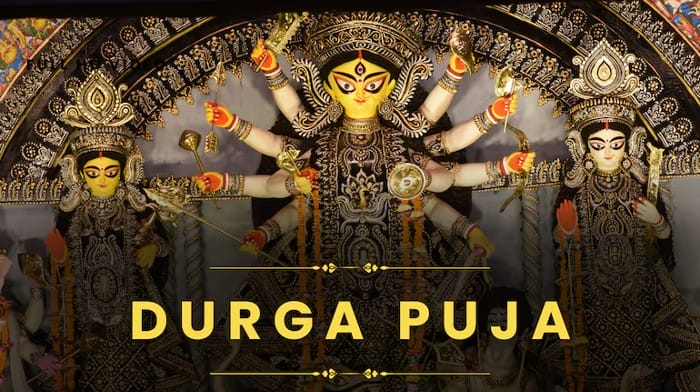Durga Puja and Navratri, two vibrant festivals, are expected to start on 8th October and conclude on 10th October 24 this year. Durga Puja, primarily celebrated in West Bengal, marks the triumph of Goddess Durga over the buffalo demon Mahishasura. The festivities begin with Shashthi, when the idol is unveiled, and peak from Saptami (October 19) to Vijaya Dashami (October 24) with grand pandals, traditional dances, and cultural performances.
The Cultural Extravaganza of Durga Puja
In West Bengal, Durga Puja is not just a religious event but a cultural phenomenon. This year, Kolkata’s iconic pandals showcase stunning artistry, from eco-friendly themes to replicas of renowned landmarks. The city buzzes with enthusiasm as locals and tourists alike participate in rituals like the “Dhunuchi Naach” and the final-day immersion procession, which symbolizes bidding farewell to Goddess Durga.
Navratri’s Spirit Across India

Simultaneously, Navratri celebrations dominate Gujarat and Maharashtra, where people celebrate with Garba and Dandiya Raas, traditional dance forms performed in colorful attire. Each night honors a different manifestation of Goddess Durga, and the tenth day, Vijayadashami, marks the triumph of good over evil. Devotees also engage in fasting, prayers, and community feasts, reinforcing the spirit of unity and spirituality.
ALSO READ: The Rise of Indie Games: A New Era in Gaming
Diverse Traditions and Unity

The celebrations highlight India’s rich cultural diversity. For instance, in Tamil Nadu, the festival is marked by “Golu” displays of dolls, while Kerala observes Saraswati Puja. Karnataka’s Mysuru Dasara is another major attraction, featuring grand processions and traditional performances, drawing thousands of visitors.
Celebrating Good Over Evil
Navratri is widely celebrated across India, especially in Gujarat and Maharashtra, and spans nine nights of devotion, dance, and fasting, honoring the nine forms of Goddess Durga. Garba and Dandiya Raas are highlighted during these evenings, bringing communities together in colorful attire. The festival culminates with Dussehra on October 24, symbolizing the victory of good over evil, marking Lord Rama’s triumph over Ravana. Both festivals are rich in cultural significance, spirituality, and communal joy.
Both festivals emphasize the triumph of good over evil, echoing stories of Goddess Durga’s victory over the demon Mahishasur. This message of hope and resilience resonates with millions, making these festivals an integral part of India’s cultural and spiritual fabric.
